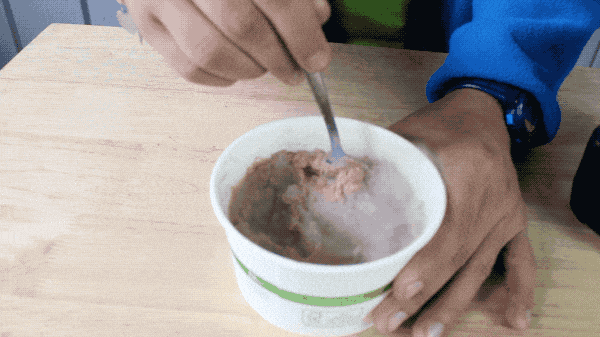
Have you ever played air hockey? There is something strangely satisfying about how the puck slides effortlessly across the table, before finally coming to rest. This same thing happens naturally as well, and its actually some pretty cool science. Lets check out how it works!
When things of different temperatures interact, the warmer object loses its heat to the cooler object. This simultaneously warms up the colder thing, and cools down the warmer thing. This shouldn’t be surprising. It’s the reason that snow melts in your hands and make your hands feel cold. However, when things are of vastly different temperatures, it can get a little strange.


It is the same thing that allows a person to pour liquid nitrogen over their hand unharmed (Don’t try this at home), or dip their hand in water and then dip it in boiling hot lead (DEFINITELY don’t try this at home)! Cooks sometimes use this to estimate the temperature of their pans and see if they are ready to cook.


